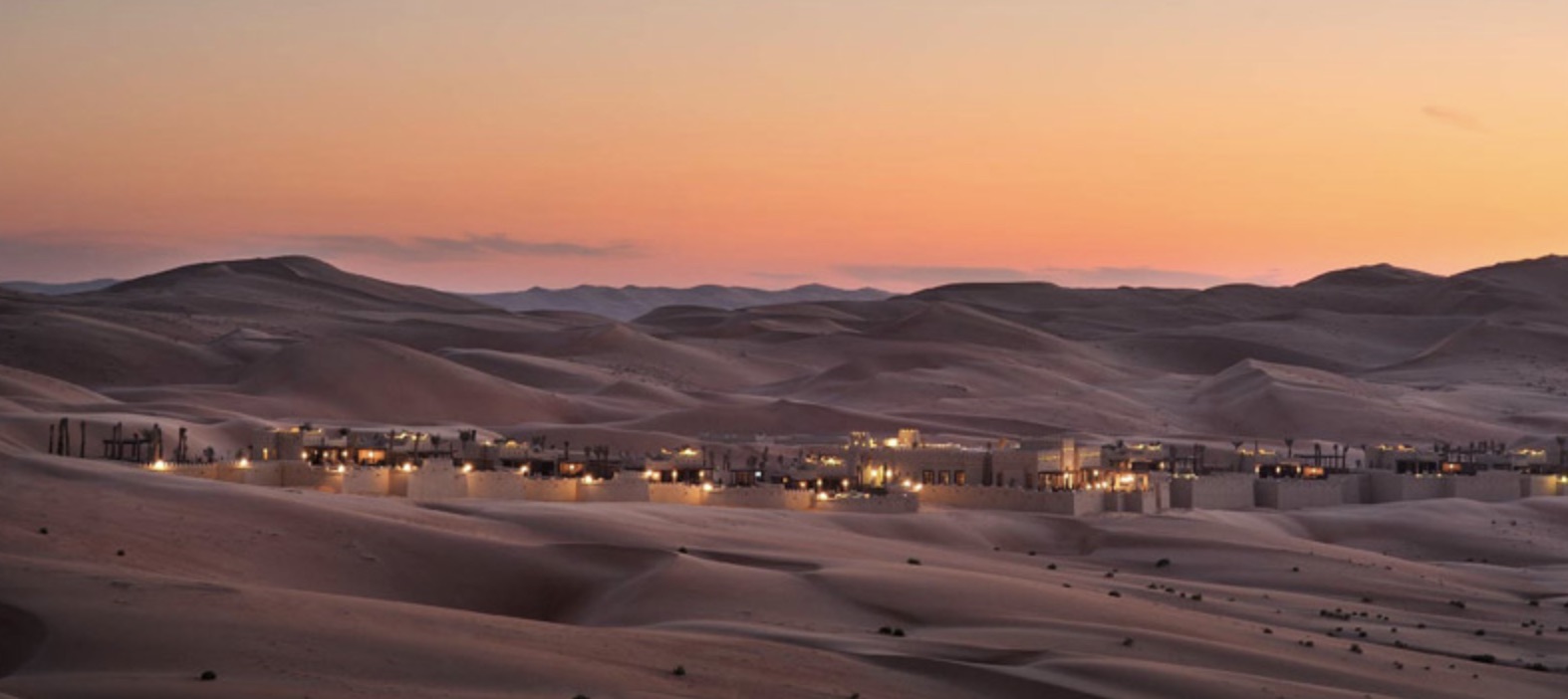About UAE
The United Arab Emirates consists of seven Emirates: Abu Dhabi, Dubai, Sharjah, Umm al-Qaiwain, Fujairah, Ajman and Ras Al Khaimah.
Four-fifths of the UAE is desert but has contrasting landscapes—from the towering red dunes of the Liwa to the rich palm-filled Oasis of Al Ain; from the precipitous Hajar Mountains to the more fertile stretches of its coastal plains.
Though small in size (similar to the size of Scotland), the UAE has become an important player in regional and international affairs. In 1971, the late President Sheikh Zayed bin Sultan Al Nahyan unified the small, underdeveloped states into a federation—the only one in the Arab world. With his visionary leadership, oil wealth was used to develop the UAE into one of the world’s most open and successful economies.
In 2004, His Highness Sheikh Khalifa bin Zayed Al Nahyan became president and has since continued to strive towards an ambitious vision for the UAE.
Fast Facts
- The UAE’s National Day is celebrated on December 2nd of each year and marks the unification of the emirates into a federation.
- The UAE has a literacy rate of 95%.
- The falcon is the UAE’s national symbol. Falconry is at the heart of Emirati culture and is a popular pastime.
- Women in the UAE account for about 70 per cent of all university graduates in the country and fill around two thirds of government jobs.
- The UAE is home to over 40 churches and cathedrals as well as additional places of worship for other faiths.
- Over 12 million tourists visit the UAE per year; tourism now accounts for over 10% of the nation’s GDP.
- The UAE resident population consists of 200 nationalities and while Arabic is the official language, other commonly spoken languages include English, Farsi, Hindi, Urdu.
- To become a major center for world-class healthcare, the UAE has partnered with leading global institutions, including: the Cleveland Clinic, John’s Hopkins Medical School and Susan G. Komen Breast Cancer Foundation.
- Prior to the 1930s, pearling was Abu Dhabi’s most important industry and primary source of income.
